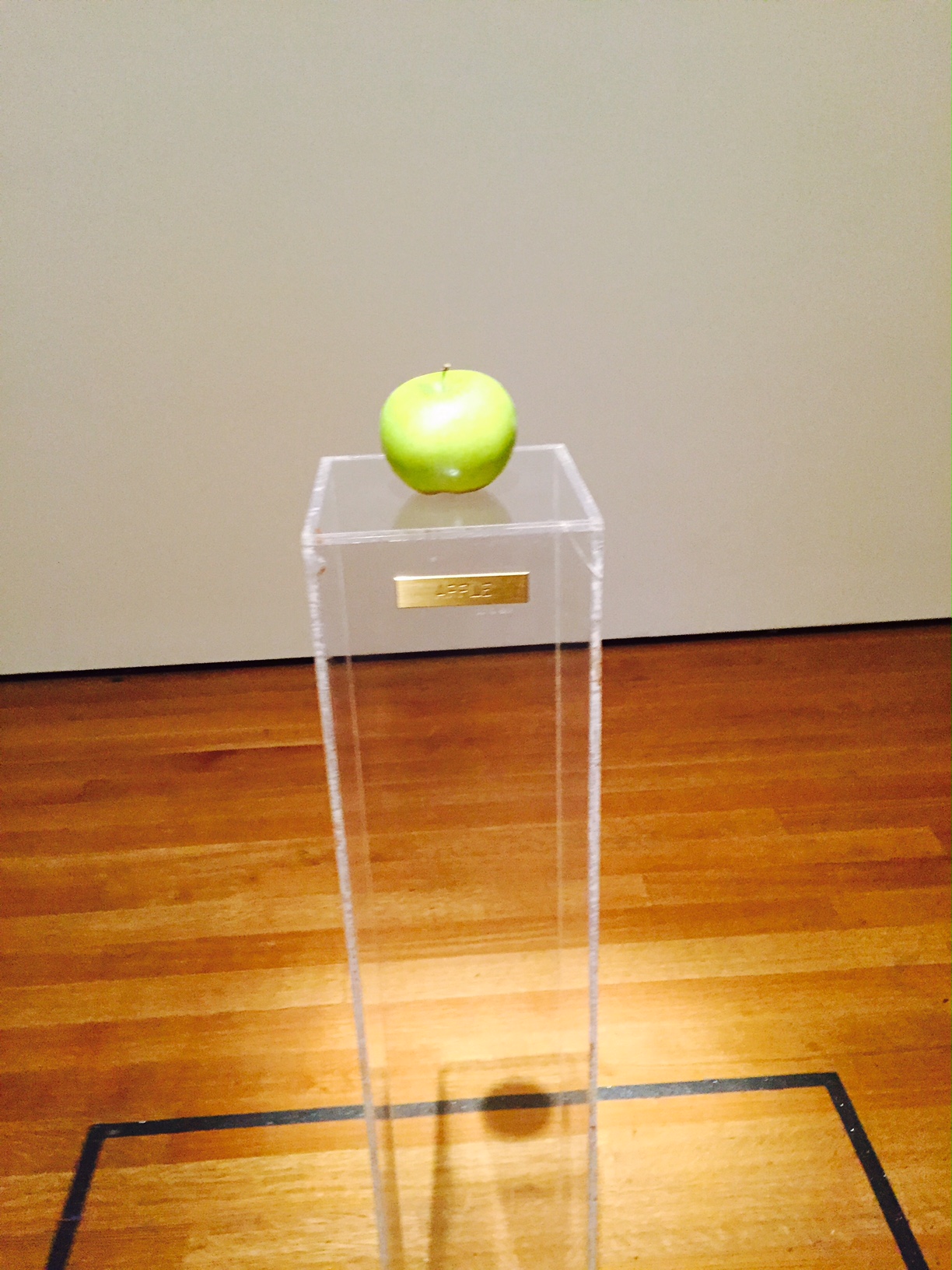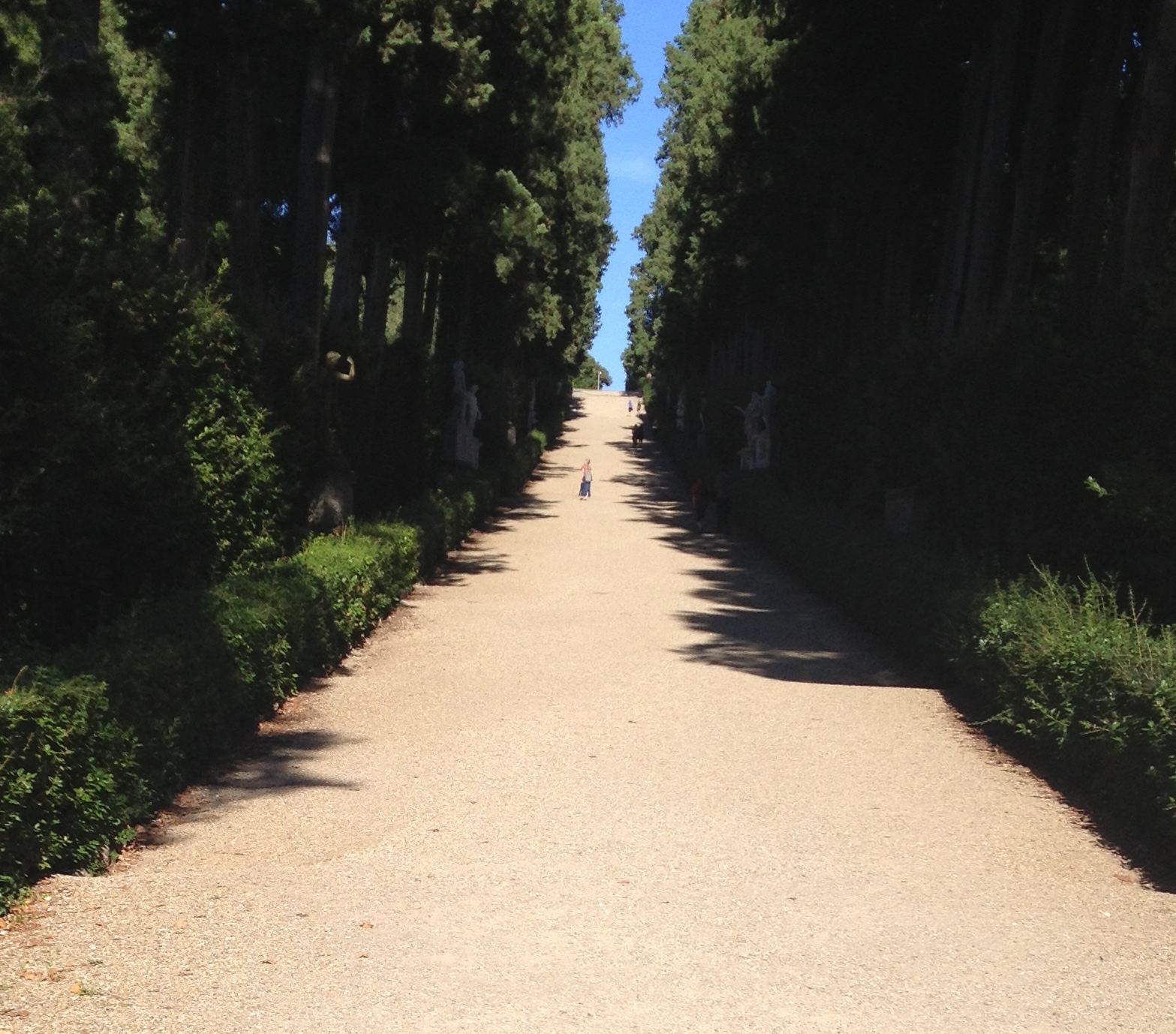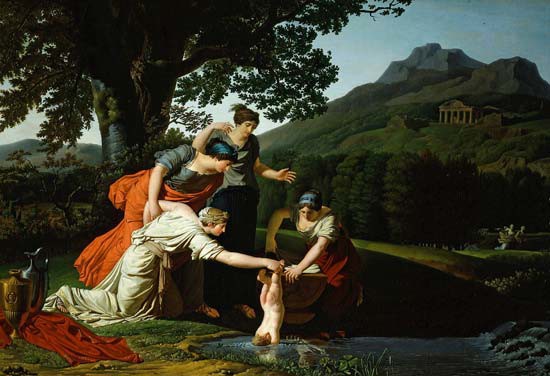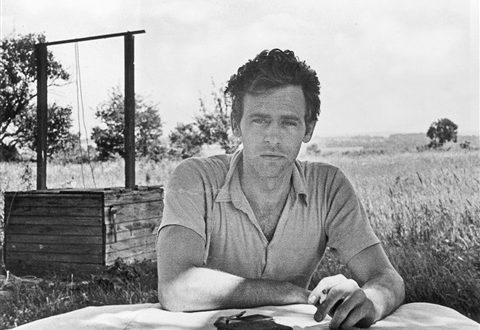
Yoko Ono: One Woman Show: 1960-1971 at MoMA
 When I entered the One Woman Show by Yoko Ono at MoMA I knew very little about her except what “fame” had taught me. She was married to the most famous Beatle John Lennon; they were peace activists. Both produced a lot of music; and she was a photographer. I had also heard that she split up the Beatles, but I wasn’t sure of that and later Paul said it wasn’t true. I did not know that she really was part of the conceptual art movement and perhaps even at the forefront of it. When I first encountered her book “Grapefruit” which is a conceptual art book produced in 1964 which includes pieces looking at Music, Painting, Event, Poetry, and Object I found it fascinating. I was intrigued by the room with small postcards from it mounted on Japanese paper and coming out from the wall. When I approached them they were simple, poetic and many quite lyrical. I found myself drawn to each one with a desire to read each one carefully. Grapefruit is compiled and named because it is, she believes, a cross between an orange and a lemon-a spiritual hybrid-as she believes herself to be. I believe the best of conceptual art has the ability to make one think about what art is. Yoko had produced an object–a book-, but it was rather simple and plain. It was the content which explored all manner of thoughts which were intriguing. Here’s a couple of them, but I must say they lose their power as snippets. I encourage you to go to the exhibit if you are in NYC and see for yourself. They are part of a larger whole.
When I entered the One Woman Show by Yoko Ono at MoMA I knew very little about her except what “fame” had taught me. She was married to the most famous Beatle John Lennon; they were peace activists. Both produced a lot of music; and she was a photographer. I had also heard that she split up the Beatles, but I wasn’t sure of that and later Paul said it wasn’t true. I did not know that she really was part of the conceptual art movement and perhaps even at the forefront of it. When I first encountered her book “Grapefruit” which is a conceptual art book produced in 1964 which includes pieces looking at Music, Painting, Event, Poetry, and Object I found it fascinating. I was intrigued by the room with small postcards from it mounted on Japanese paper and coming out from the wall. When I approached them they were simple, poetic and many quite lyrical. I found myself drawn to each one with a desire to read each one carefully. Grapefruit is compiled and named because it is, she believes, a cross between an orange and a lemon-a spiritual hybrid-as she believes herself to be. I believe the best of conceptual art has the ability to make one think about what art is. Yoko had produced an object–a book-, but it was rather simple and plain. It was the content which explored all manner of thoughts which were intriguing. Here’s a couple of them, but I must say they lose their power as snippets. I encourage you to go to the exhibit if you are in NYC and see for yourself. They are part of a larger whole.
It was the critic Lucy Lippard who would coin the phrase “dematerialization of the art object” in the mid 60’s. Art would turn away from the physical object and toward ideas. Yoko Ono was producing this kind of art or conceptual pieces long before this phrase and movement began. Her essential 1964 book Grapefruit is a physical book, but its power lies in its terse, open-ended instructions for readers to follow. Some could actually be executed: “Cut a painting up and let it be lost in the wind.” Others went far beyond any rational applicability.
There are many other wonderful and provocative pieces here such as a green apple again debuting round 1961. Of course there are many apples to be seen throughout art. Magritte’s green apple comes to mind. It is not unthinkable to think of the original garden and the forbidden fruit – the apple. Ono says that she drew a distinction between the West’s view of a green apple and her native Japan. In the West the green apple is desirable to eat. In Japan it is rare and beautiful and used mostly for candy. Yoko got her start in conceptual art at the early age of 4 years old. Her first day of school she was full of ideas and asked her mother when they were in their fruit garden, “Why don’t you just take one seed from a fruit and another seed from another fruit, and halve it and put it together and bury it? It might grow something really strange.” She had a friend write this down and thus begun her life of ideas.
The London gallery where Ono debuted Apple was where John Lennon first encountered her work. He thought Apple—asking price: £200—was “pretty funny.” I was surprised that most of Ono’s art is quite clever, rarely smug but full of generosity of spirit. Hers is a rare, embracing wit, a wit to be savored and enjoyed. She speaks so much of living in the presence. When asked about breaking up the Beatles. She laughed and said it was like being continually “poked” with acupuncture needles. She said it hurt, but that in the long run it has made her healthy. At 82 she indeed looks healthy.
There are many works of art to discuss, but I think I have touched upon some of my favorites. In conclusion, Yoko Ono is a “spiritual hybrid” between East and West, between Buddhism and Western thought, living through Tokyo during the bombs and becoming one of its most famous poets and singers for World peace while losing her husband to violence. In 2007 she dedicated an Imagine Peace Tower to the memory of her husband John Lennon and to peace around the world. It is in Reykjavik, Iceland. Take a look. It reminds me a lot of the light towers that are illumined every September 11th in memory of that day and those we lost. The Imagine Peace Tower, too, is a testament to her love for conceptual art in spite of its physicality. As she says: “make a wish in your mind.” The supremacy of the idea continues to be her first love.
imaginepeacetower








2 Comments
Linda Mason
Growing up in England I did not like Yoko as she seemed to have taken John away from sanity and the Beatles. It took me many years to appreciate what an exceptional woman and artist she truly is. I was very happy to see this Moma show dedicated to her Art.
lstormes@yahoo.com
I think you hit upon it and somehow this attitude spread upon the pond to the US as well and perhaps other countries. At 82, I find her to be quite an amazing woman and artist.